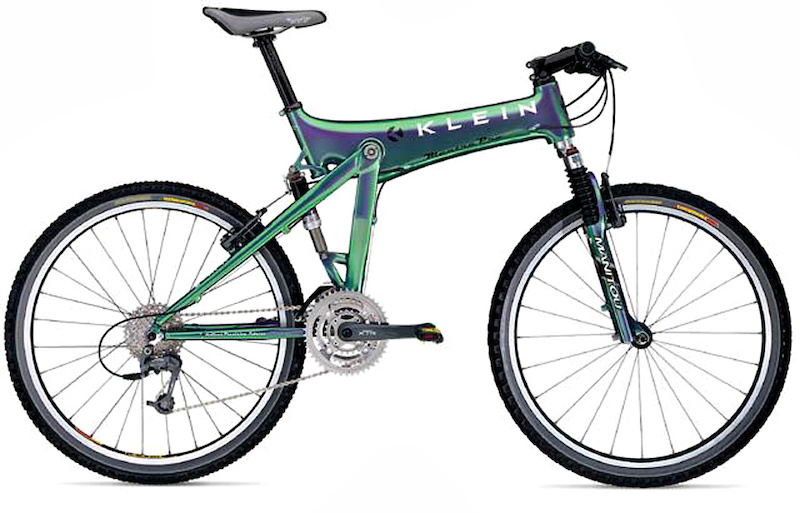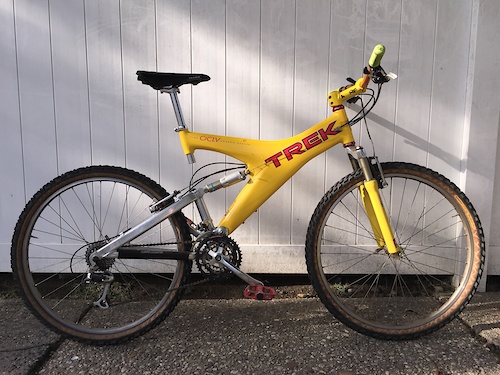So are you saying you need higher tension from the tensioner if you were to go Bafang Ultra?

I'm not an engineer so I may have missed something.
 BELT TENSIONER:
BELT TENSIONER:
Let's say you have two pulleys, one on wheel and one of crank (or whatever power source) and maybe think about pulling something heavy like cars.
The tension will stay on the top part of belt, not the bottom part.
Unless you use the tensioner on top part of the belt to push down the belt, I don't know if you need to add much tension on the tensioner?
For example, without tensioner, the bottom part of belt will be floppy and may come off, but all tensioner has to do is to keep the belt in place.
It's not like motorcycle where you use downshifting (in this case, all the tension comes to the bottom part of belt).
In addition, bicycle's cadence is only like 100rpm or so... it's not like motorcycle revving up to 14,000rpm.
Because motorcycle tensioners need to push down the belt pretty hard, otherwise the belt will come off because of centrifugal force.
However, I don't know if bicycle belts are exposed to much g-force at 100rpm (centrifugal force in this case)
I know simple rpm calculation doesn't say much, because bicycle chain rings and motorcycle sprockets have different sizes and all that, but I still don't know if bicycle belts will expand to outside due to centrifugal force like how motorcycles do on the dyno at full rev.
SUSPENSION TRAVEL:
You said that belt drive will be hard because of the rear suspension travel.
Both of your proposed solutions were to reduce the suspension travel.
Do you think the suspension travel (the travel of, the center of rear wheel) was the problem? or is it the distance from chain ring to rear wheel?
For example, what would be more problematic? 1) rear suspension with 50mm travel, but has 10mm change in rear stay, or 2) 140mm travel with 5mm change in rear stay?
The change in rearstay length will depend on the suspension geometry.
For example, I've seen a several MTBs with no change in chainstay length.
Gary Fisher
Klein
Schwinn
Now, even if you look at more modern MTBs, some of them clearly have more change in chainstays travel than other.
Depending on the design / geometry of suspension, the travel of chainstays differ drastically.








